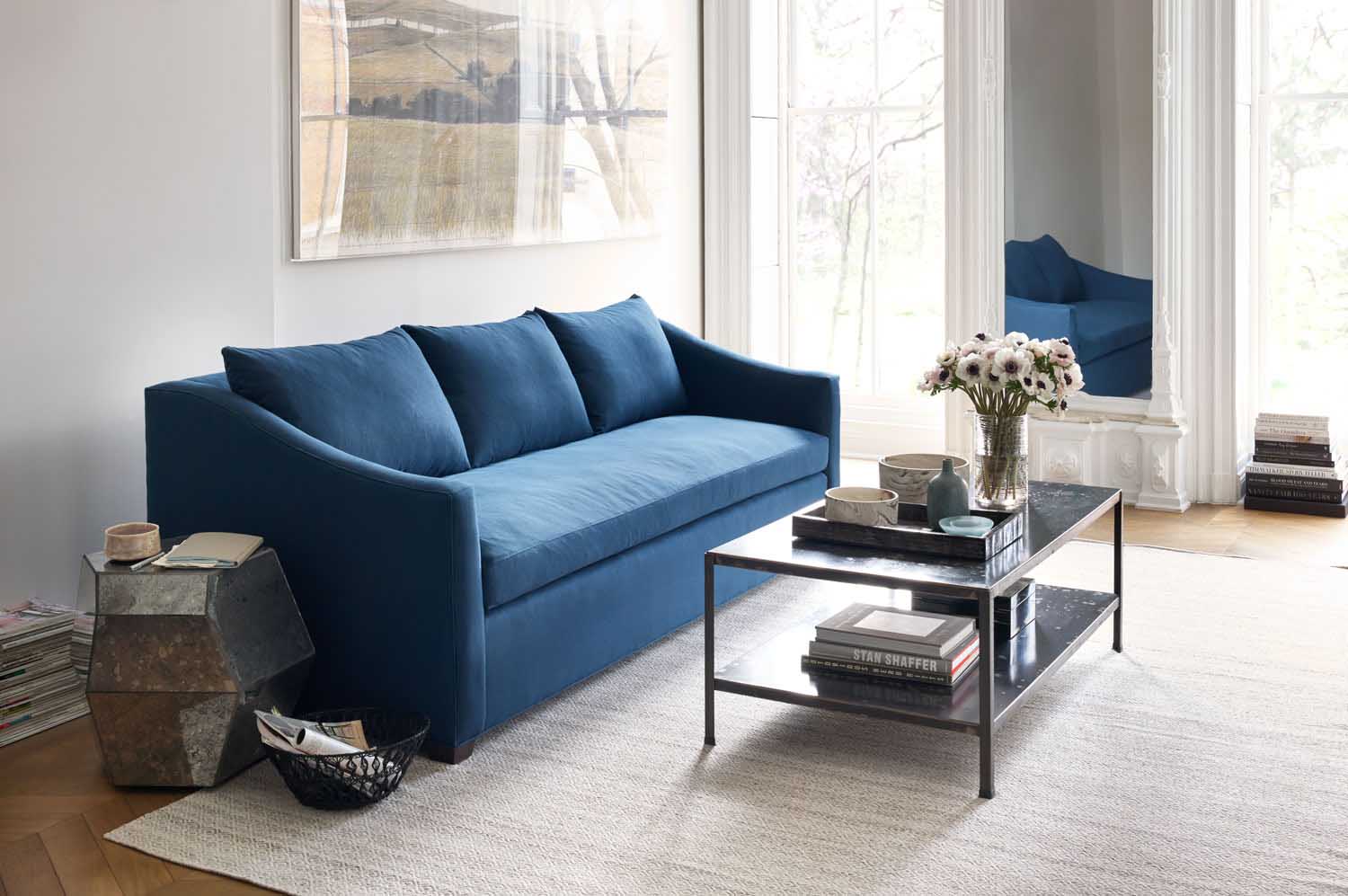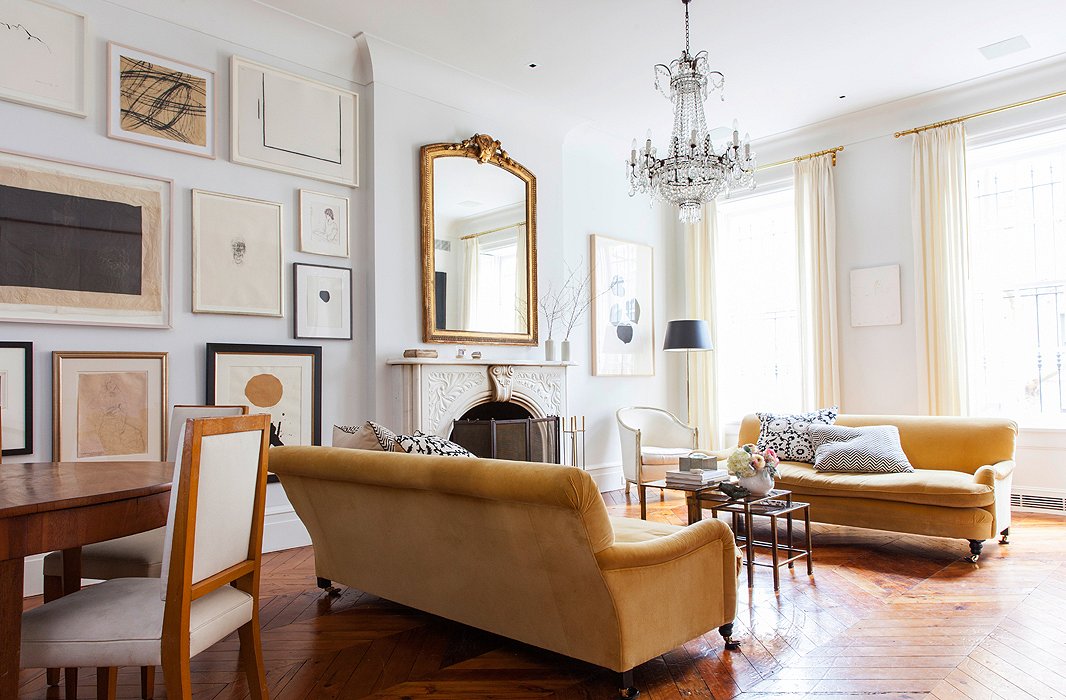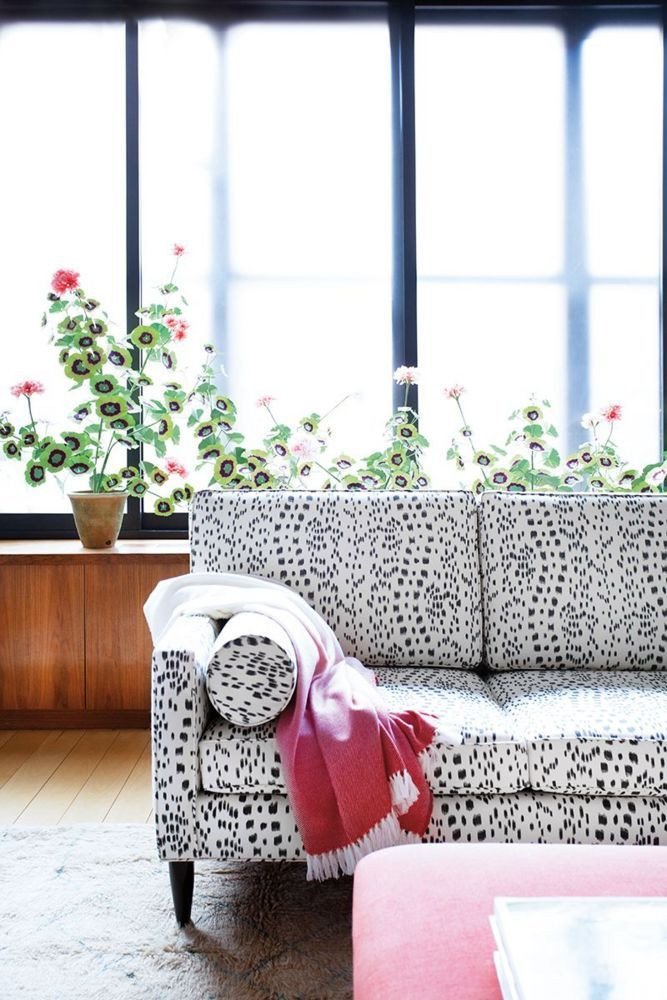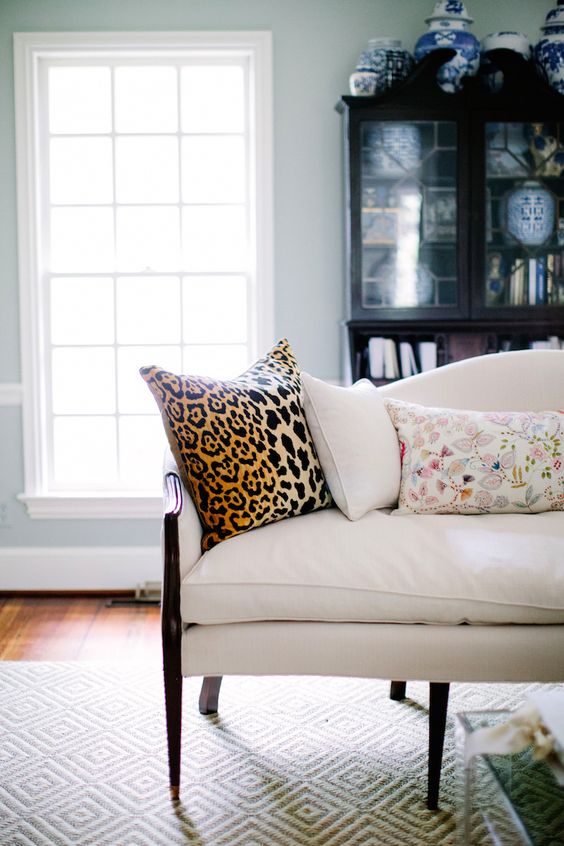
Now that I’ve moved into a new apartment, my big priority is getting a new couch. I’ve had my West Elm Henry sofa for almost seven years, and it’s held up great…but I’m definitely ready to for something new and bigger. I thought I knew exactly what I wanted, but now that it comes to making such a big purchase I’ve realized that I need to be a little more careful/not impulsive about it (especially since my old sofa is still serviceable). I’ve been going back and forth on a few different ones, as well as doing some reading on what makes a quality sofa – so I thought I’d put together a post on what I’ve learned along the way.
The Frame
Sofas are made of wood (breaking news!), and the type and quality of wood used will determine the longevity.
The highest-quality sofas are made of hardwood, such as poplar, ash, oak, maple, beech, hickory, birch.
Mid-range sofas can be made of plywood, which consists of multiple thin layers of hardwood bonded together under high pressure. Plywood can be strong…if you are buying a plywood sofa, look for it to be composed of more than ten layers of wood.
Avoid: Wood composite/engineered wood like particleboard. Particleboard consists of wood chips and fibers glued together. Also avoid any kind of soft wood, like cedar, juniper, pine, spruce.
The Construction
The highest-quality sofas are constructed of a kiln-dried frame. Kiln-drying prevents warping and cracking over time by removing almost 100% of the moisture from the wood.
When it comes to joinery, (or the way the pieces of wood are joined together), look for: interlocking joints, doweled and glued joints, corner blocks, and/or metals screws and brackets. Avoid: a sofa held together by solely glue or nails.
Look for: screws, avoid: stapled joinery.

The Suspension
There are three main suspension types for sofas.
Look for: Eight-way hand-tied springs, which are the gold standard for a high-quality sofa and require the handiwork of a skilled artisan. This type of construction consists of heavy gauge steel coils, and twine. Using the twine, the artisan ties each spring coil to the next, and to the frame. The springs are each tied from front to back, side to side, and diagonally in both directions (hence, eight-way hand-tied springs!). This leads to the most sturdy and durable suspension system for your sofa.
Sinuous springs, or S-springs, are another common suspension method for sofas. In this technique, heavy-gauge wire is formed into S-shaped coils, then attached to the frame with rods and clips. It’s less labor-intensive and cheaper than the eight-way hand-tied spring system. Sofas using this system will be comfortable and perform well, but may not last as long. However, there is some controversy over whether eight-way hand-tied springs are actually any better than S-springs, so S-springs are certainly no deal-breaker!
Web suspension: This third method consists of bands that go across the seat and back and are then attached to the frame to create a platform on which the cushions sit – kind of like a hammock! Remember, avoid staples – webbing should be attached to the frame with clips. The webbing itself can be made of jute, or polypropylene (like seatbelts). This is the least expensive method of suspension for a sofa cushion.

The Filling
When it comes to filling, there are three main types:
Look for: Goosedown (or feathers): Down is commonly thought to be the best option for sofa filling. Some companies use feathers from ducks or chickens (cheaper than actual down, which comes from the underbelly of geese), or a combo of the two. Down can get lumpy, and many companies do a foam core wrapped in a layer of down.
You may see “blendown” as an upholstery filling – this refers to a foam core wrapped in a layer of polyester fiber, then a thick layer of down and a poly-fiber blend. Blendown is very pillowy but requires frequent fluffing.
Foam: the most common filling for sofas, foam comes in a variety of densities. High-density foam is more firm, low-density softer. Foam filling creates the fewest wrinkles and requires little to no fluffing (yay, low-maintenance!).
Batting is cotton or wool, typically applied over foam.
The Upholstery
The next big question for a sofa: what fabric to get? Common upholstery fabrics can be broken down into natural fibers vs. synthetics – here are a few of the common ones:
Natural fibers: linen, cotton, wool, silk, rayon (which is made from wood pulp). Linen, like many of the natural fibers, has a beautiful look and feel, but soils and wrinkles easily. It resists pilling and fading, but must be professionally cleaned. Lots of tradeoffs!
Synthetic fibers: acrylic, polyester, nylon. These tend to lack some of the softness of the natural fibers, but are more durable, stain-resistant, and easier to clean. For this reason, many companies offer a mix of natural and synthetic fibers (aka, performance fabrics) for upholstery, and these are key for anyone with kids or pets (or a bad habit of eating on the couch, ahem).
Note: velvet is beautiful and textural for a sofa, and can be made of natural or synthetic fibers.
In addition to all of that, you’ll of course need to consider the size of your room and what size sofa you can get…as well as what size sofa you can fit through the apartment door, if you’re a city dweller! But that’s a discussion for another day.

A holy grail of sorts: Two George Smith sofas in Ali Cayne’s Manhattan apartment featured on One Kings Lane (and reposted on every single blog under the sun because it’s so. Damn. Good). George Smith sofas are paragons of quality construction and incredible, timeless style. Two more classic English roll-arms that make my heart sing:
Sofia’s is the Jules sofa, also from George Smith. Jenna’s is by George Sherlock – another paragon of quality and timeless style. This is the exact sofa that I want! Of course that’s not exactly in the cards, but I’m considering a lot of different English roll-arm styles that sport a similar vibe – which I will share soon.
PS – this post is definitely not to say that a sofa isn’t worth buying unless it’s kiln-dried hardwood with eight-way hand-tied springs stuffed with down and upholstered in pure linen. Like I said, I’ve had my West Elm Henry sofa for years (which cost less than $1,000), and I find it perfectly comfortable. I just think knowledge is power and the more you know when making a big purchase, the better! I think there are probably brands out there that are charging a lot and not using high-quality construction methods…and knowing what a good sofa is is the best way to make an informed choice and not get ripped off, essentially.
Did I miss anything? Let me know your thoughts in the comments!







Thanks, Jackie!
I must say that I find it unusual not to consider the possibility to convert the sofa into a bed. With our tinier spaces in Europe, we can’t really afford a guest bedroom, so the majority of the people I know would first consider this aspect. Some brands like Ligne Roset do beautiful and long-lasting sofa-bed.
Hi Jacqueline – What are some places that you’ve seen good quality sofas? I was looking at Ballard Design because they have some cute settees but was bummed to see the frame is made of laminated hardwood and in general a lot of their furniture isn’t getting best reviews. Help!! 🙂
Hi Jen! I have a post coming up with some great sources that I’ve been looking at as possibilities for my sofa – stay tuned! One favorite in particular is Maiden Home – top quality construction and a wonderfully curated selection. More to come 🙂
Hi, I really like your Instagram account. I used to live in the UES and it felt like a whole new world from the rest of the U.S.A. It’s almost like its own cultural centric country, from the architecture, the people, the professions, the economic classes. It’s the best of the best in one geographical location. What I like about your IG account are the quality of the pictures of portraying what the Upper East Side is like, with all its prestige, wealth and class. Best of luck to you. Blessings, Madel